[ad_1]
Title: Securing Europe’s Gas Energy Supply: Strategies and Initiatives
Introduction:
Europe’s energy demand continues to rise alongside its economic growth, making a reliable and secure gas energy supply crucial for the continent’s sustainability and development. With a significant portion of Europe’s gas coming from external sources, ensuring its secure supply has become a top priority. This article explores various strategies and initiatives by European nations and regional organizations aimed at securing Europe’s gas energy supply.
1. Diversification of Energy Suppliers:
One of the primary strategies adopted by Europe is the diversification of energy suppliers. Traditionally reliant on a few external sources, such as Russia and North Africa, Europe has been actively seeking alternative suppliers to mitigate the risks associated with overreliance. Engaging with countries such as Norway, the United States, and Qatar has provided Europe with alternative sources, reducing its vulnerability to potential supply disruptions.
2. Development of Interconnected Gas Networks:
The development of interconnected gas networks is vital for Europe’s energy security. The European Union’s (EU) gas pipeline infrastructure projects, such as the Southern Gas Corridor and Baltic Connector, are aimed at creating a robust and interconnected European gas network. By linking gas systems of various countries, Europe can ensure more effective transmission and distribution, and enhance its ability to respond to possible supply shortages in specific regions.
3. Encouraging LNG Infrastructure Development:
The establishment of Liquified Natural Gas (LNG) terminals across Europe is another essential initiative to secure the continent’s gas supply. LNG offers flexibility in sourcing gas from global markets and provides Europe with greater leverage in gas negotiations. Several European countries, including Spain, Portugal, and Poland, have invested significantly in developing LNG infrastructure, further diversifying and securing the energy supply.
4. Investing in Energy Storage and Renewable Sources:
Europe’s transition towards a low-carbon future is accompanied by a growing focus on renewable energy sources. While renewable energy plays a crucial role in decarbonizing the continent, it also improves energy security. Countries like Germany have made significant investments in renewable energy, including wind and solar power, minimizing dependence on imported gas. Additionally, advancements in energy storage technologies, such as batteries and power-to-gas systems, can help stabilize supply during times of increased demand or reduced availability.
5. Strengthening Energy Diplomacy and Regulatory Frameworks:
Securing Europe’s energy supply relies not only on physical infrastructure but also on effective energy diplomacy and regulatory frameworks. The EU has worked towards enhancing energy cooperation with neighboring countries, establishing energy dialogues and partnership agreements. Through diplomatic efforts, Europe can strengthen its energy relationships, prevent geopolitical tensions from affecting energy supply, and ensure transparency and fair competition in the energy market.
Conclusion:
Securing Europe’s gas energy supply requires a multifaceted approach that combines diversification, infrastructure development, renewable energy integration, and effective diplomacy. By diversifying suppliers, creating interconnected networks, investing in LNG infrastructure, and embracing renewable energy, Europe can reduce its dependence on external sources and protect itself against potential disruptions. Furthermore, proactive diplomacy and robust regulatory frameworks will be central in securing long-term energy partnerships and ensuring a stable and sustainable energy supply for Europe.
[ad_2]
